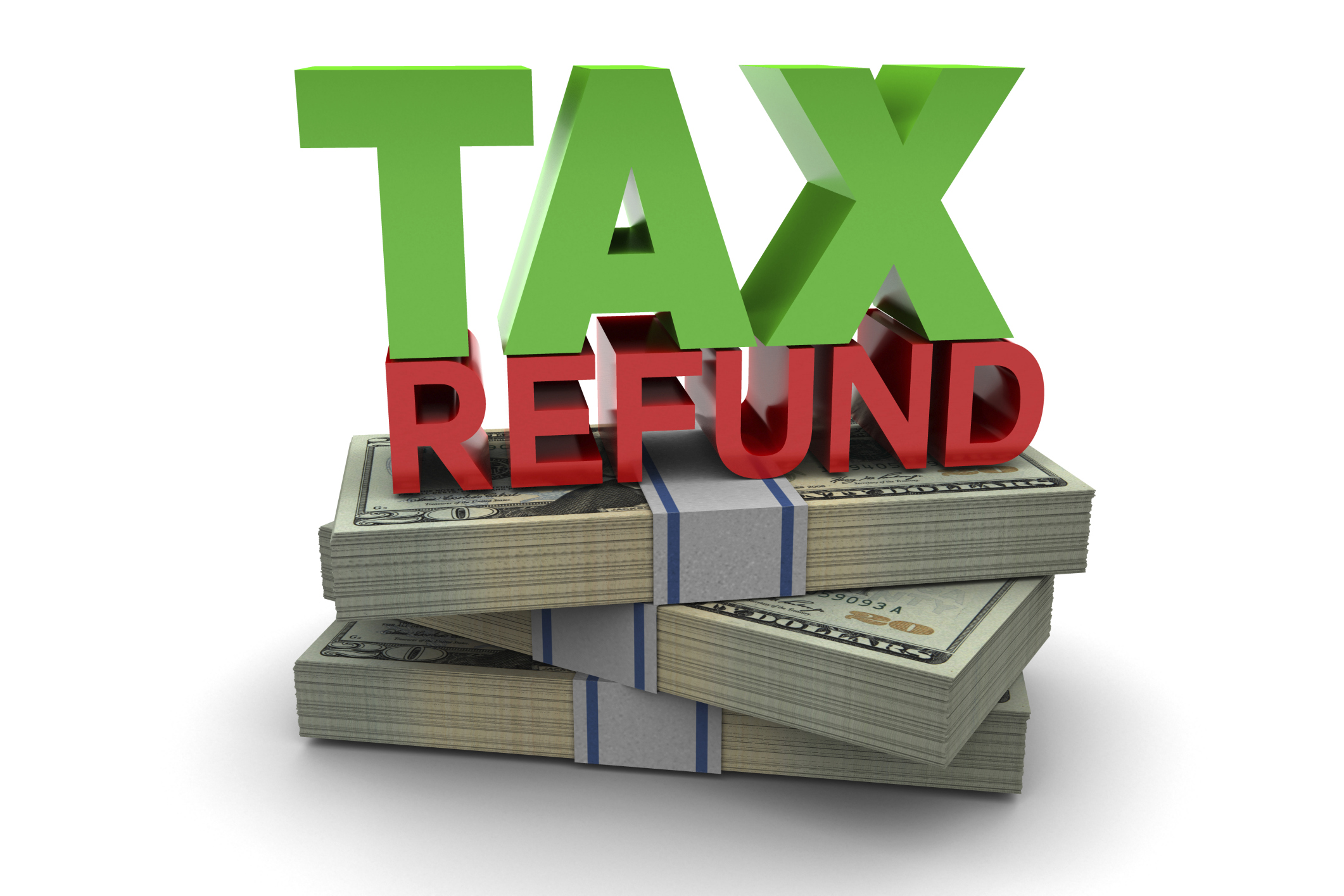By Odysseas Papadimitriou
The first thing you need to realize about your tax refund is that it’s technically bad for business. A refund is evidence that you gave the government an interest-free loan, which is something few small businesses can afford to do, with margins already razor-thin and the economy seemingly undecided about where to turn.
So step one in tax-refund management is to avoid becoming a repeat offender. Even if enjoy Uncle Sam’s annual rebate, you can’t count on receiving it at the same time each year, and the amount – roughly $11,000 for an LLC, according to WalletHub estimates based on IRS data – would actually have the potential to grow under your stewardship. For example, the average refund would generate an annual return of roughly $155 just from being stashed in one of the market’s leading online checking accounts – more as compounding works its magic over time.
Uncle Sam is actually robbing you of that money.
But fighting back against refund recidivism is not the only positive approach. There are many other great ways to make use of this money, and the following are my personal favorites:
- Pretend It Doesn’t Exist: After noting the changes to your withholding strategies necessary to avoid a refund next year and putting the money somewhere safe – a deposit or investment account, for example – consider simply casting it out of your mind. Acting on the premise that the money doesn’t exist will force you to continue bootstrapping and mitigate the potential for wasted spending.
“An abundance of capital tends to dull the mind,” Angelo Santinelli, an adjunct professor of entrepreneurship at Babson College, told CardHub. “Using one’s own capital first and essentially being capital constrained in the early going is not necessarily a bad thing. There is a natural need to focus more narrowly, develop and test hypothesis, harness resources intelligently before building the product. It is not too different from artists or musicians who do their best work when they have the least resources.”This imaginative strategy not only provides a cooling-off period, thereby fostering strategic resource allocation, but it also gives your refund the chance to catch up on appreciation while simultaneous serving as an emergency safety net. The key is to keep your money liquid and avoid savings vehicles such as CDs that trap your funds.
- Spend It On A Resource-Multiplier: If you’re going to spend your tax refund, you might as well use the money for something that will pay serious dividends over time. Assuming you’re not in the restaurant business, a shiny new cappuccino machine might marginally improve your day, for example, but it won’t be a money-maker like more server capacity or a bigger advertising budget.
- Invest In Morale: Either a bonus for employees or a special dividend for investors could be a nice little touch that buys you brownie points with the group, depending on your circumstances. Obviously, the bigger your refund and the fewer recipients, the more effective this strategy will be. It’s also only advisable for financially secure companies.
- Hire An Accountant: Roughly 40% of small business owners spend 80+ hours on federal income taxes each year, according to the National Small Business Association. You don’t have time for that. So leave the side of the 46% of owners who don’t work with an accountant, and get some professional help.
The services of a solid accountant shouldn’t cost you more than $2,000 for a single tax season, assuming you have 10 or fewer employees, as most small business owners do. This load-lightener is therefore easily affordable with the average refund.
Finally, I would be remiss not to mention the importance of paying down any credit card debt you might currently have, whether business or personal. For starters, small business credit cards aren’t covered by the CARD Act, which means issuers can increase the interest rates on existing balances at any time, rather than only after delinquency reaches 60 days. So you should transfer any such debt to a personal card.
We also simply have way too much credit card debt overall, having added $71 billion to our tab last year, according to CardHub data. Should we continue at the current pace or should the economy take a turn for the worse, delinquency rates could skyrocket from historical lows, debilitating many small businesses as well as owners’ ability to obtain credit in the future.
Odysseas Papadimitriou is CEO of the personal-finance website WalletHub, which offers free credit scores, full credit reports, 24/7 credit monitoring and customized money-saving advice. Any questions can be directed to @WalletHub.







